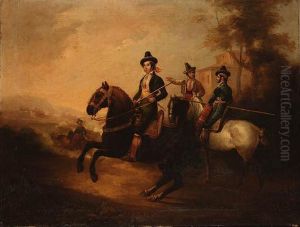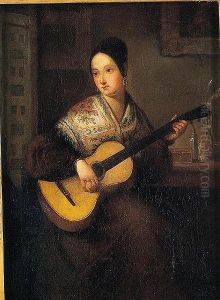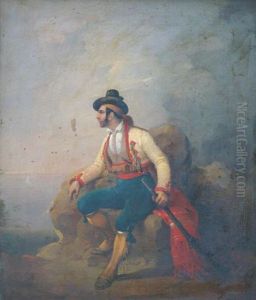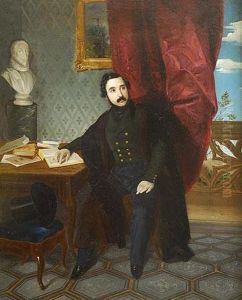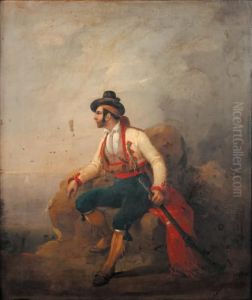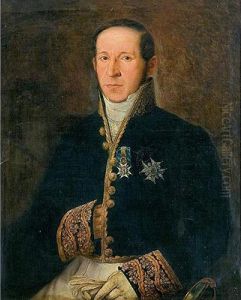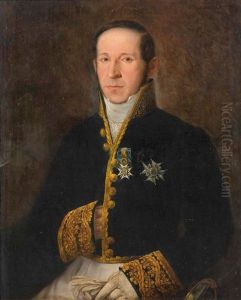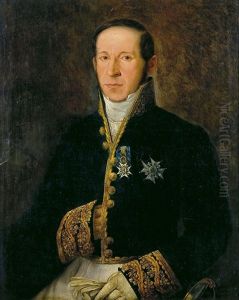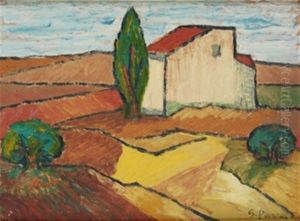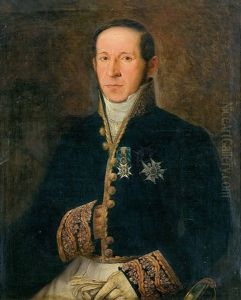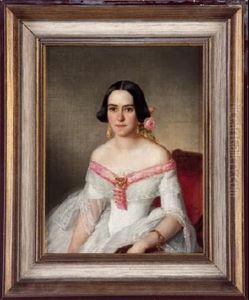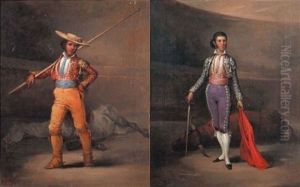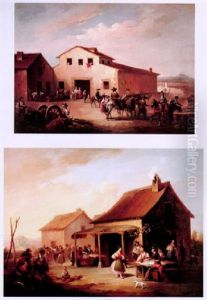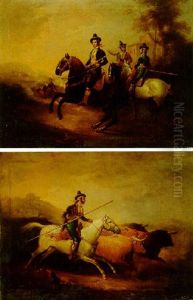Jose Elbo Paintings
José Antonio Velasco, known as José Elbo, was a Spanish painter born in 1804 in Carmona, a town in the province of Seville. Elbo began his art studies at the Royal Academy of Fine Arts of Saint Elizabeth of Hungary in Seville, where he was a disciple of the painter José de Madrazo, who was a prominent figure in the Spanish art scene and a proponent of the neoclassical style.
Elbo's work was influenced by his teacher and the neoclassical aesthetic, which was characterized by an emphasis on simplicity, symmetry, and an admiration of classical art. In his early career, José Elbo was known for his religious paintings, which were popular in Spain at the time. His work was characterized by its fine detail, use of color, and adherence to the religious and artistic values of the period.
In 1831, Elbo won a scholarship to study in Rome, which allowed him to immerse himself in the study of classical and Renaissance artworks. This experience further shaped his artistic style and technique. During his stay in Italy, Elbo was exposed to the works of old masters, which had a profound impact on his development as a painter. He became particularly skilled in depicting biblical and historical scenes, often imbued with a sense of drama and emotional intensity.
Unfortunately, José Elbo's career was cut short by his premature death in 1844 at the age of 40. Despite his early death, Elbo's work had a lasting impact on the Spanish art scene, and his paintings can be found in various museums and collections in Spain. Although not as widely known as some of his contemporaries, Elbo's contributions to Spanish neoclassical painting remain a significant part of the country's artistic heritage.
